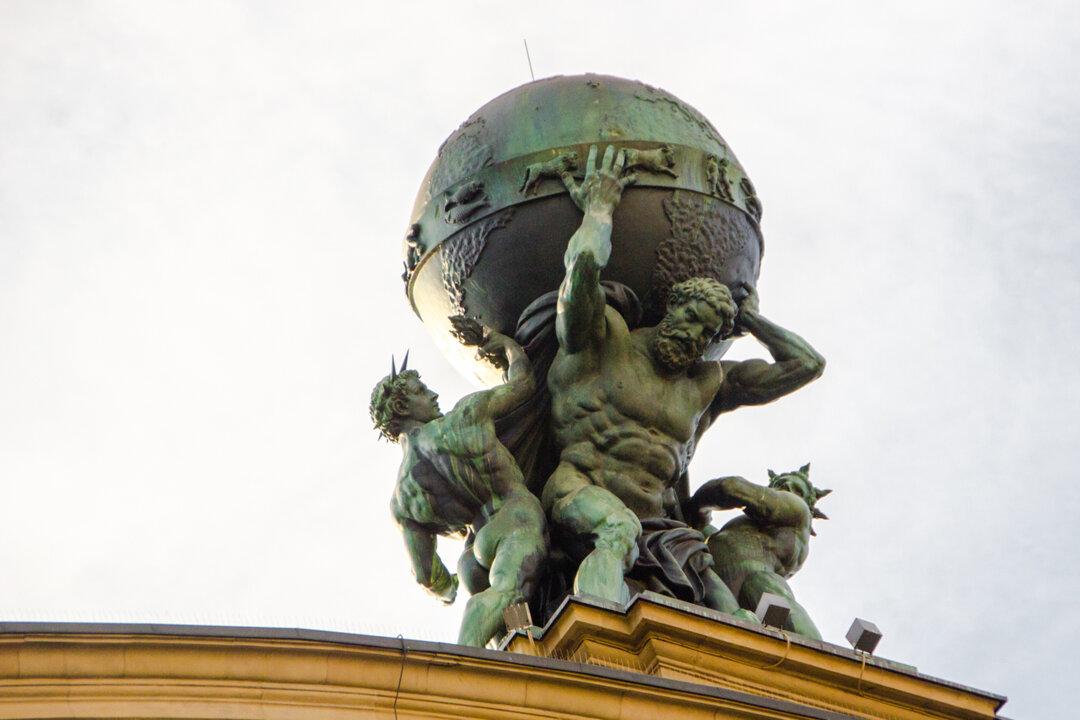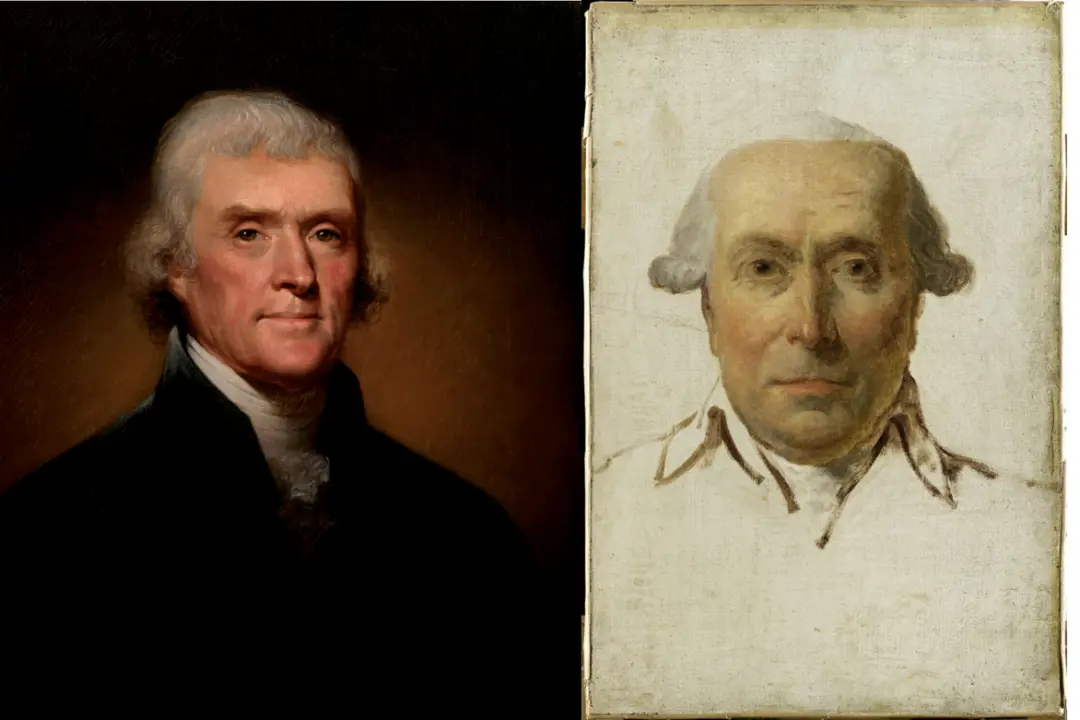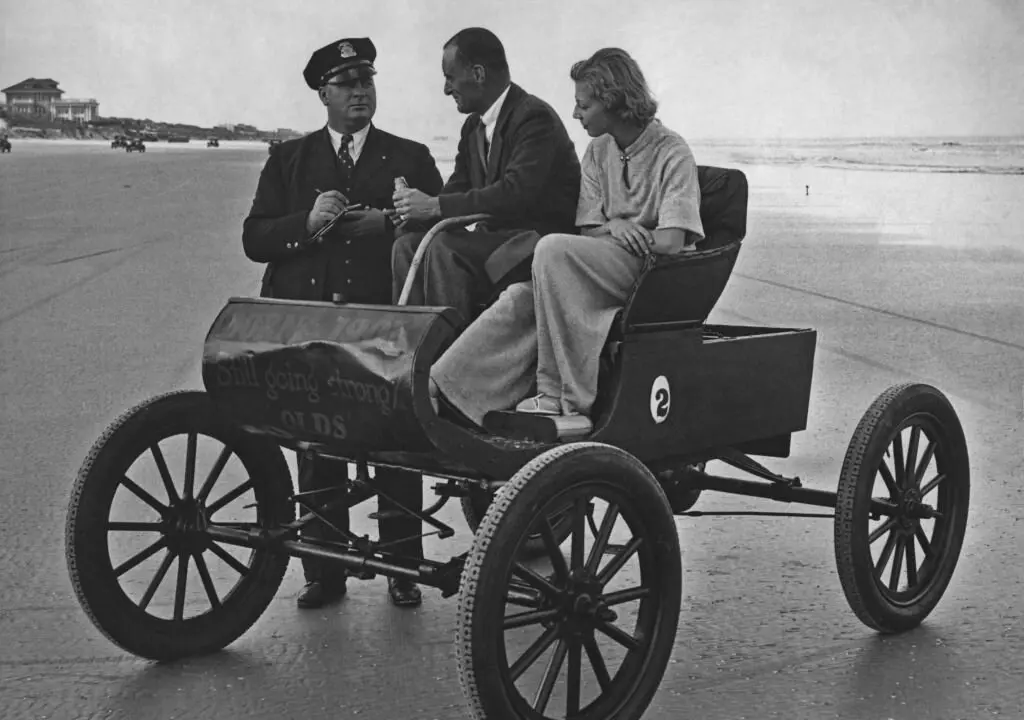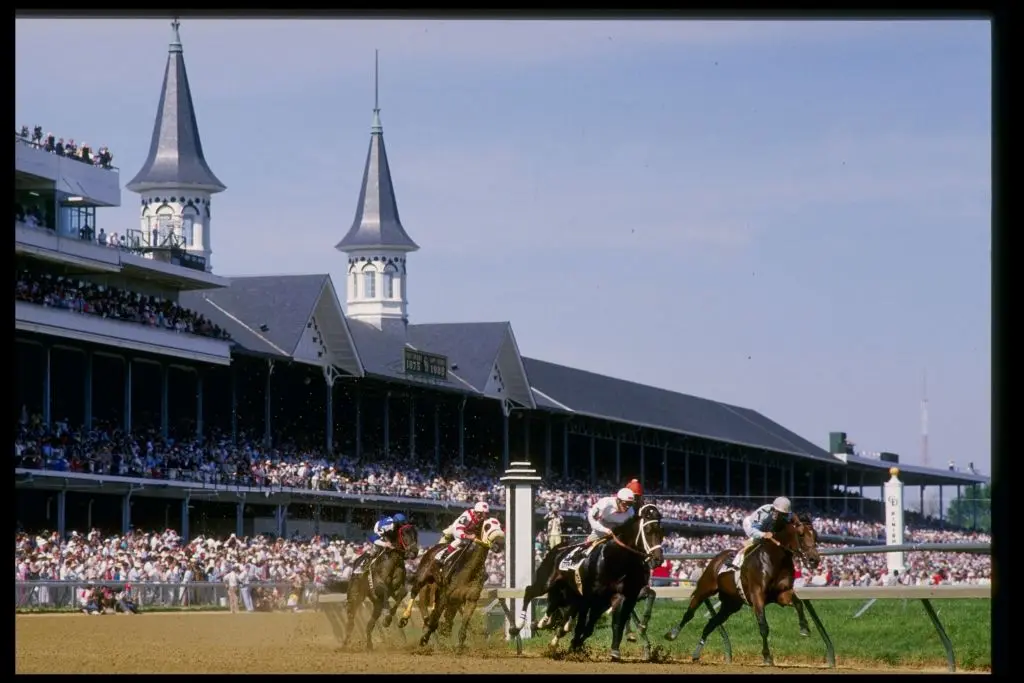Charles Atlas (1892–1972) was born Angelo Siciliano. Within a decade, he transformed himself from a skinny unknown into a celebrity bodybuilder while never succumbing to the temptations that often attend fame.
Charles Atlas was the first to bring bodybuilding to the American masses—and to get rich doing it. Dubbed “The World’s Most Perfectly Developed Man” in 1922, this chiseled titan looms large a century later, thanks to a fitness system he created with his bare hands and a marketing campaign that brought him to the attention of the world.






